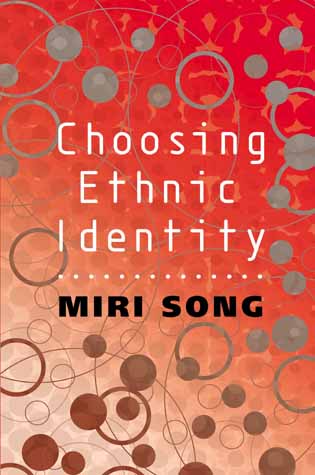Pure Beauty: Judging Race in Japanese American Beauty Pageants
University of Minnesota Press
2006
280 pages, 6 halftones, 10 tables
5 7⁄8 x 9
Paper ISBN: 0-8166-4790-9
Paper ISBN-13: 978-0-8166-4790-3
Cloth ISBN: 0-8166-4789-5
Cloth ISBN-13: 978-0-8166-4789-7
Rebecca Chiyoko King-O’Riain, Lecturer in Sociology
National University of Ireland, Maynooth

Examines the question, Who is Japanese American?
With a low rate of immigration and a high rate of interracial marriage, Japanese Americans today compose the Asian ethnic group with the largest proportion of mixed-race members. Within Japanese American communities, increased participation by mixed-race members, along with concerns about overassimilation, has led to a search for cultural authenticity, giving new answers to the question, Who is Japanese American?
In Pure Beauty, Rebecca Chiyoko King-O’Riain tackles this question by studying a cultural institution: Japanese American community beauty pageants in San Francisco, Los Angeles, Seattle, and Honolulu. King-O’Riain employs rich ethnographic fieldwork to discover how these pageants seek to maintain racial and ethnic purity amid shifting notions of cultural identity. She uses revealing in-depth interviews with candidates, queens, and community members, her experiences as a pageant committee member, and archival research—including Japanese and English newspapers, museum collections, private photo albums, and mementos—to establish both the importance and impossibility of racial purity. King-O’Riain examines racial eligibility rules and tests, which encompass not only ancestry but also residency, community service, and culture, and traces the history of pageants throughout the United States. Pure Beauty shows how racial and gendered meanings are enacted through the pageants, and reveals their impact on Japanese American men, women, and children.
King-O’Riain concludes that the mixed-race challenge to racial understandings of Japanese Americanness does not necessarily mean an end to race as we know it and asserts that race is work—created and re-created in a social context. Ultimately, she determines that the concept of race, fragile though it may be, is still one of the categories by which Japanese Americans are judged.
Table of Contents
- Preface
- Introduction: Negotiating Racial Hybridity in Community Beauty Pageants
- Race Work and the Effort of Racial Claims
- The Japanese American Community in Transition
- Japanese American Beauty Pageants in Historical Perspective
- Cultural Impostors and Eggs: Race without Culture and Culture without Race
- Patrolling Bodies: The Social Control of Race through Gender
- The “Ambassadress” Queen: Moving Authentically between Racial Communities in the United States and Japan
- Percentages, Parts, and Power: Racial Eligibility Rules and Local Versions of Japanese Americanness in Context
- Conclusion: Japanese Americanness, Beauty Pageants, and Race Work
- Notes
- Bibliography
- Index



